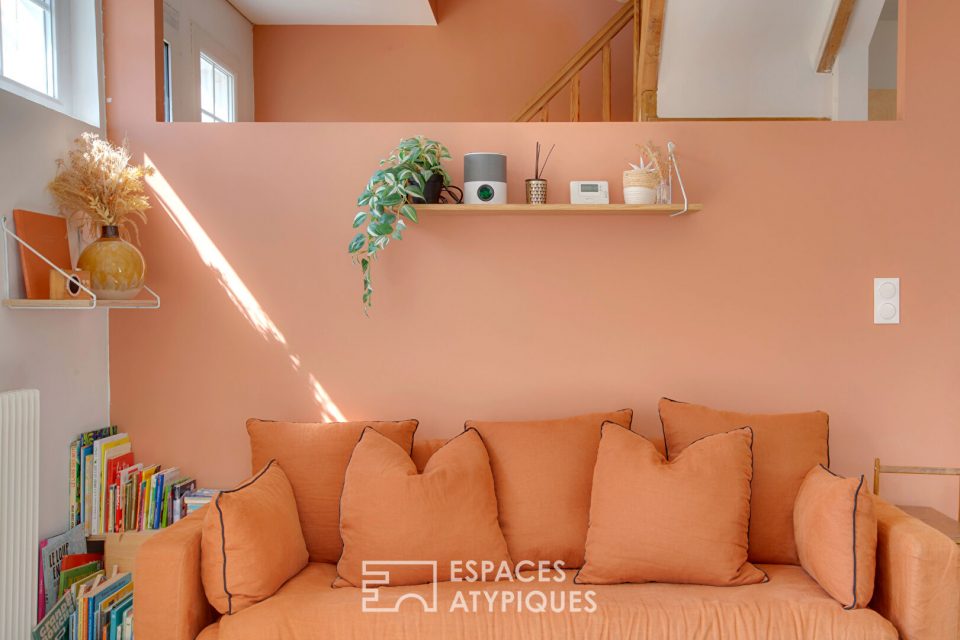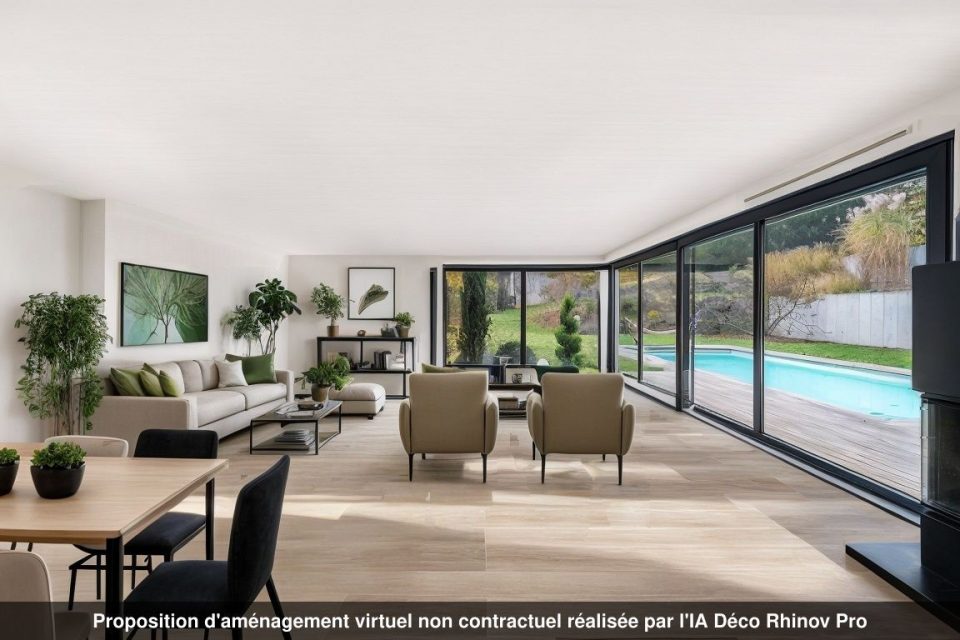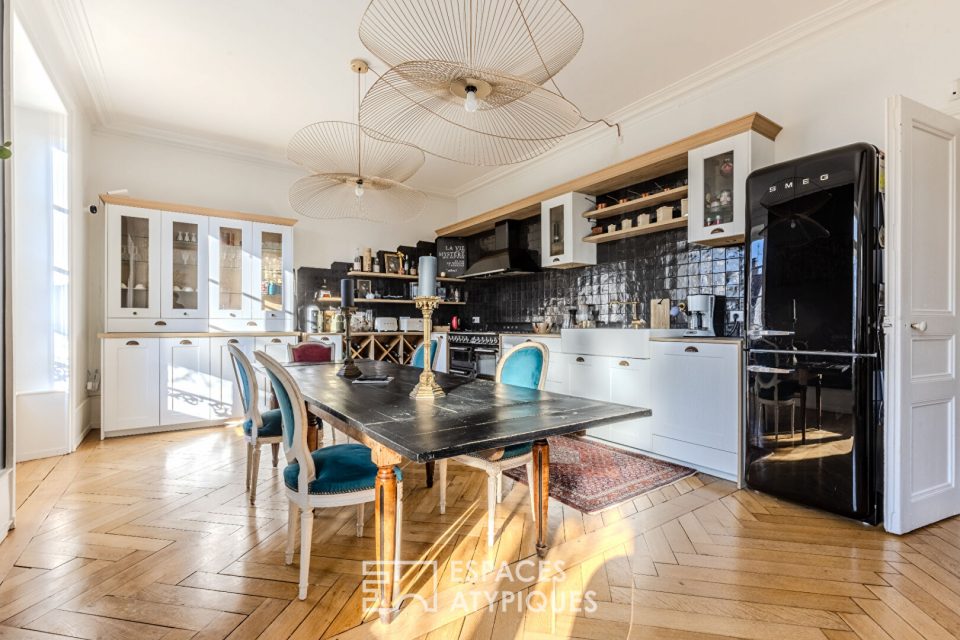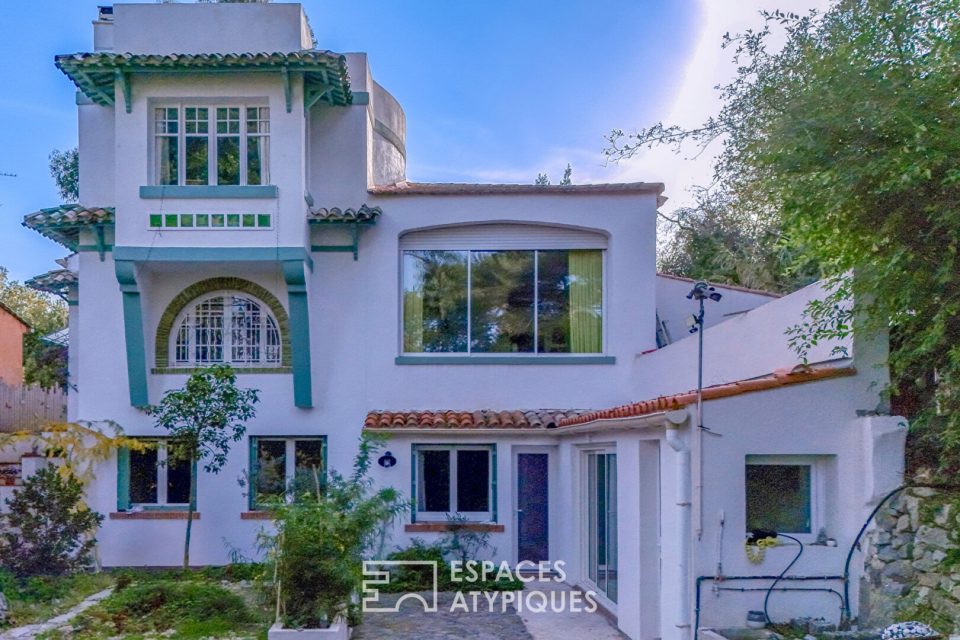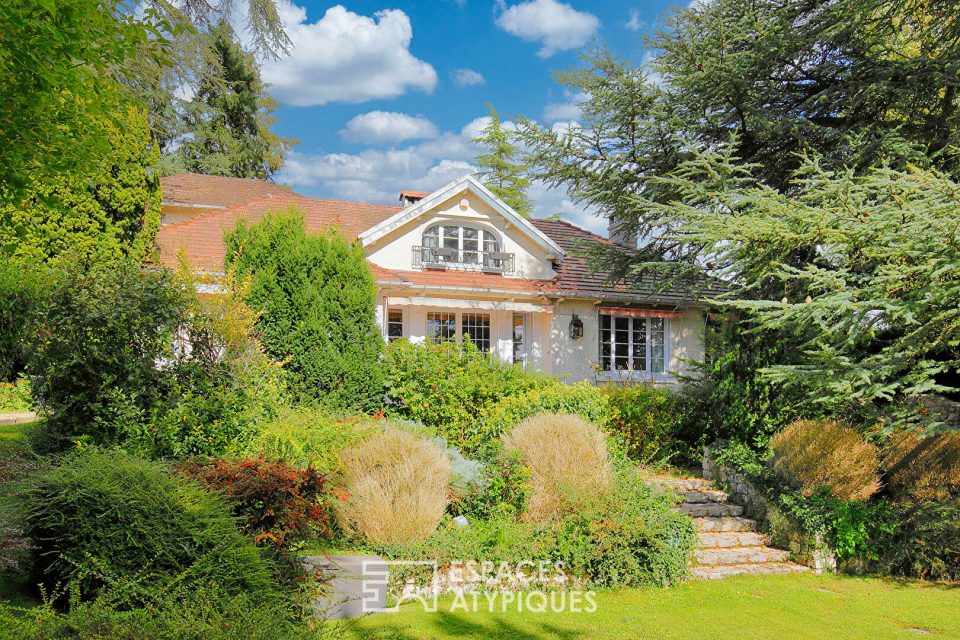Investing in a 1930s house
High ceilings, parquet floors and detailed mouldings… Homes built in the 1930s combine style with comfort.
Built after the First World War, between the prosperous 1920s and the 1930s, the so-called ‘reconstruction’ houses of the 1930s reflect the architectural revival of the period. There was definitely a need to build quickly, but these houses were also built to a high standard. Their many features vary from region to region.
The most famous modernist homes of the time include Robert Mallet-Stevens’ Villa Cavrois in Croix, near Lille, and Le Corbusier’s Villa Savoye in Poissy (Yvelines).
The key characteristics of a 1930s house
According to the Conseil d’Architecture et d’Urbanisme et de l’Environnement de la Somme (the non-profit organisation that promotes high-quality architecture and planning in the department of the Somme), the majority of post-war housing developments in and around Amiens were built using red/brown brick to infill timber frames in the Norman half-timbered style. In these houses, the main living rooms were on the first floor, and opened onto a terraced garden.
Built high and fairly narrow, 1930s houses are often distinctive for their colour-washed stucco exteriors. Structured into a large number of separate spaces, each room has its own fireplace, touches of stained glass, solid wood parquet flooring and Art Deco detailing.
The 1930s house in today’s world
The high quality of materials used means that these houses have generally survived very well, and still retain their solid wood parquet living room floors, mosaic tiled entrance hall and kitchen, and marble bedroom fireplaces, all of which give these houses an irresistible period appeal. The only downside is their low level of insulation. Difficult to heat, they can be expensive to run in winter, so energy efficiency upgrading can benefit not only the environment, but also your wallet !
